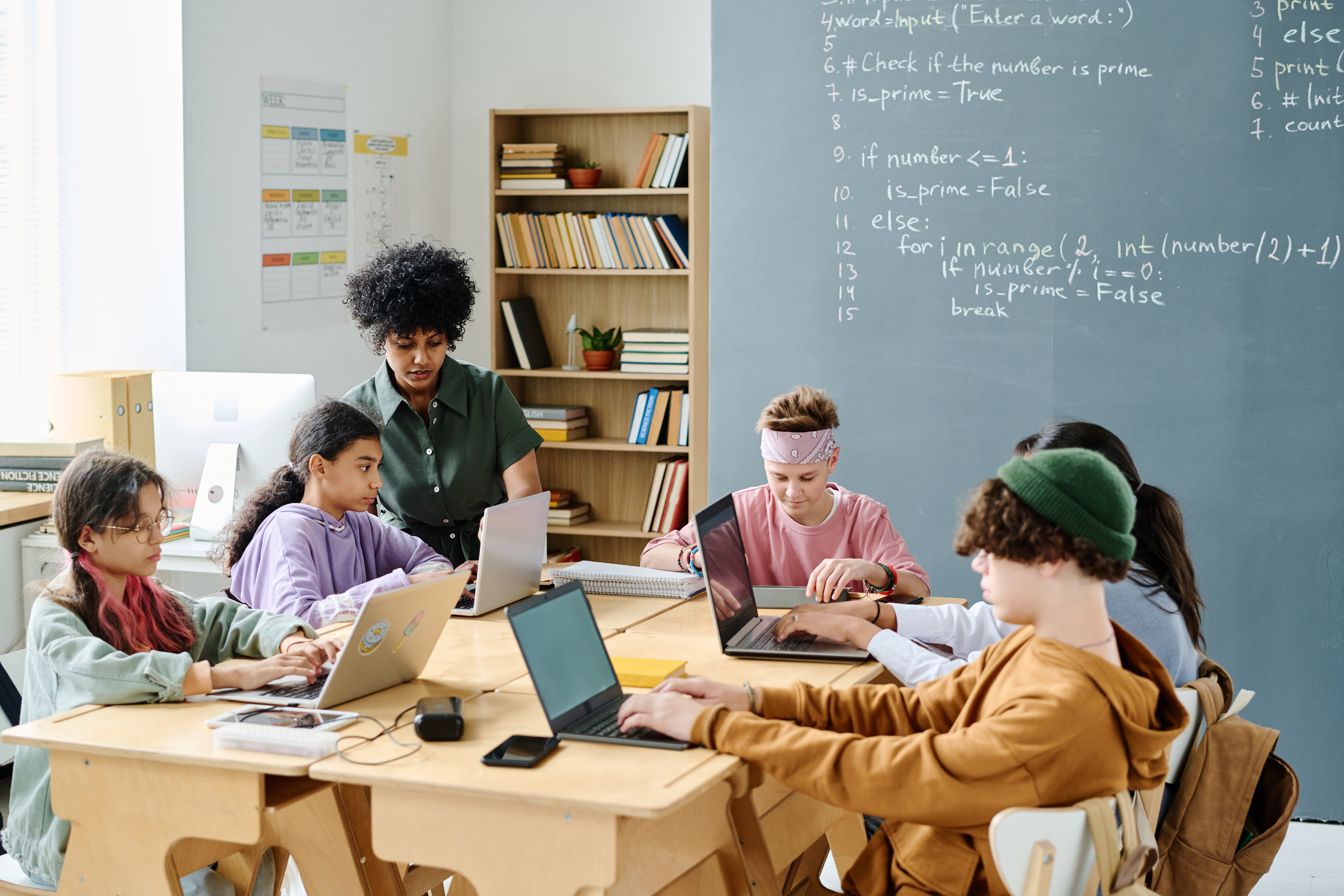What’s PBL and Its Benefits for Children
Problem-Based Learning (PBL) is a series of learning experiences based on a given problem in which students work in small groups to find the best possible solution for the problem.
The Fundamentals of PBL:

- Student-centered: Students are responsible for their learning and actively engage in problem-solving.
- Problem-driven: Learning is organized around real-world problems rather than traditional academic disciplines.
- Collaborative: Students work in groups to solve problems, which promotes teamwork and communication skills.
- Inquiry-based: Students learn by asking questions and conducting research rather than being passively lectured to.
PBL process:

- Introduction of the problem: The teacher introduces the problem to the class, typically a real-world, open-ended problem.
- Brainstorming and hypothesis generation: Students work in groups to brainstorm possible solutions to the problem and generate ideas.
- Research and data collection: Students conduct research to gather information relevant to the problem and their hypotheses.
- Solution development and evaluation: Students develop and evaluate solutions to the problem based on their research and findings.
- Presentation of solutions: Students present their solutions to the class and discuss the implications of their findings.
PBL has many benefits for students, including:

- Deeper learning: PBL encourages students to think critically and solve problems, which leads to deeper learning.
- Improved problem-solving skills: PBL allows students to practice solving real-world problems, which helps them develop their problem-solving skills.
- Increased motivation and engagement: PBL is a student-centered approach to learning, meaning students are more engaged in the process.
- Developing 21st-century skills: PBL helps students develop essential 21st-century skills, such as collaboration, communication, critical thinking, and creativity.
PBL can be used in any subject area and at any grade level. It is a powerful teaching method that can help students develop the skills they need to succeed in school and in life.
<< Back


